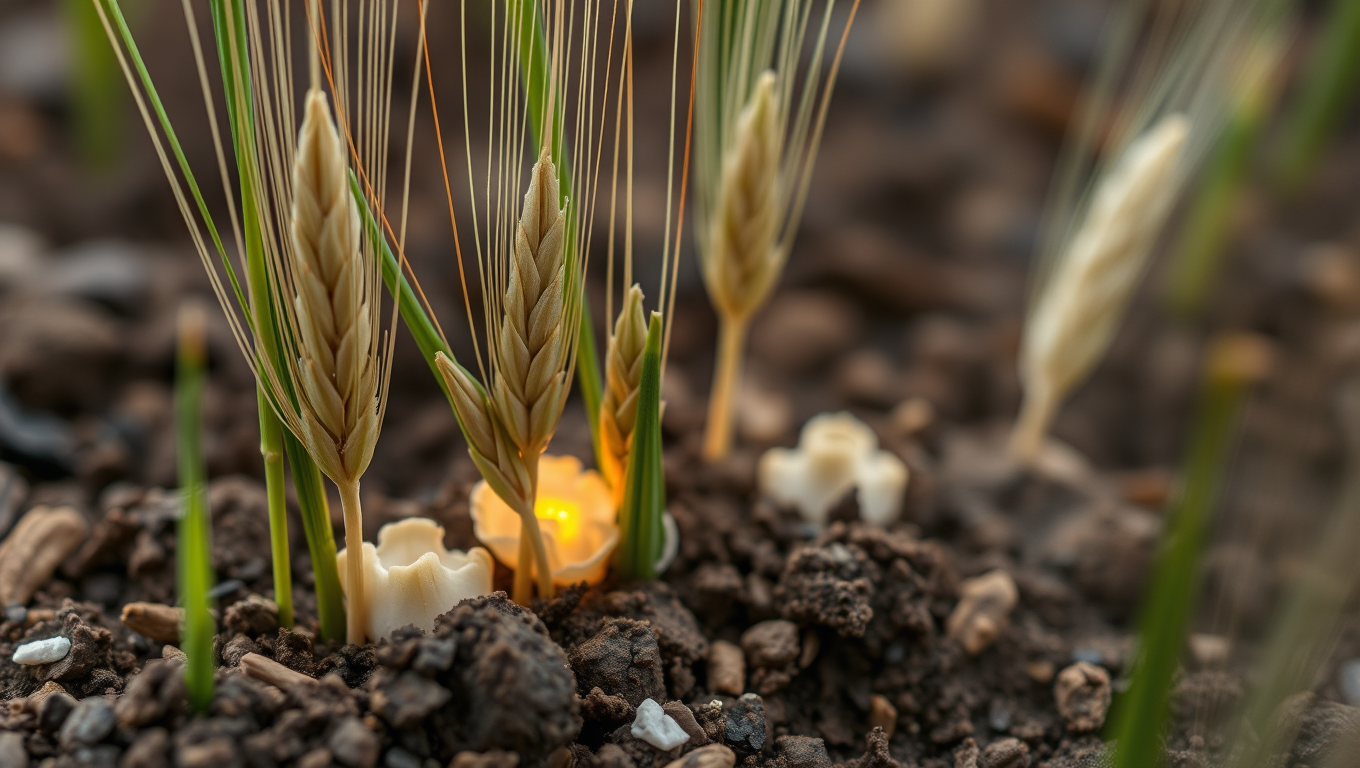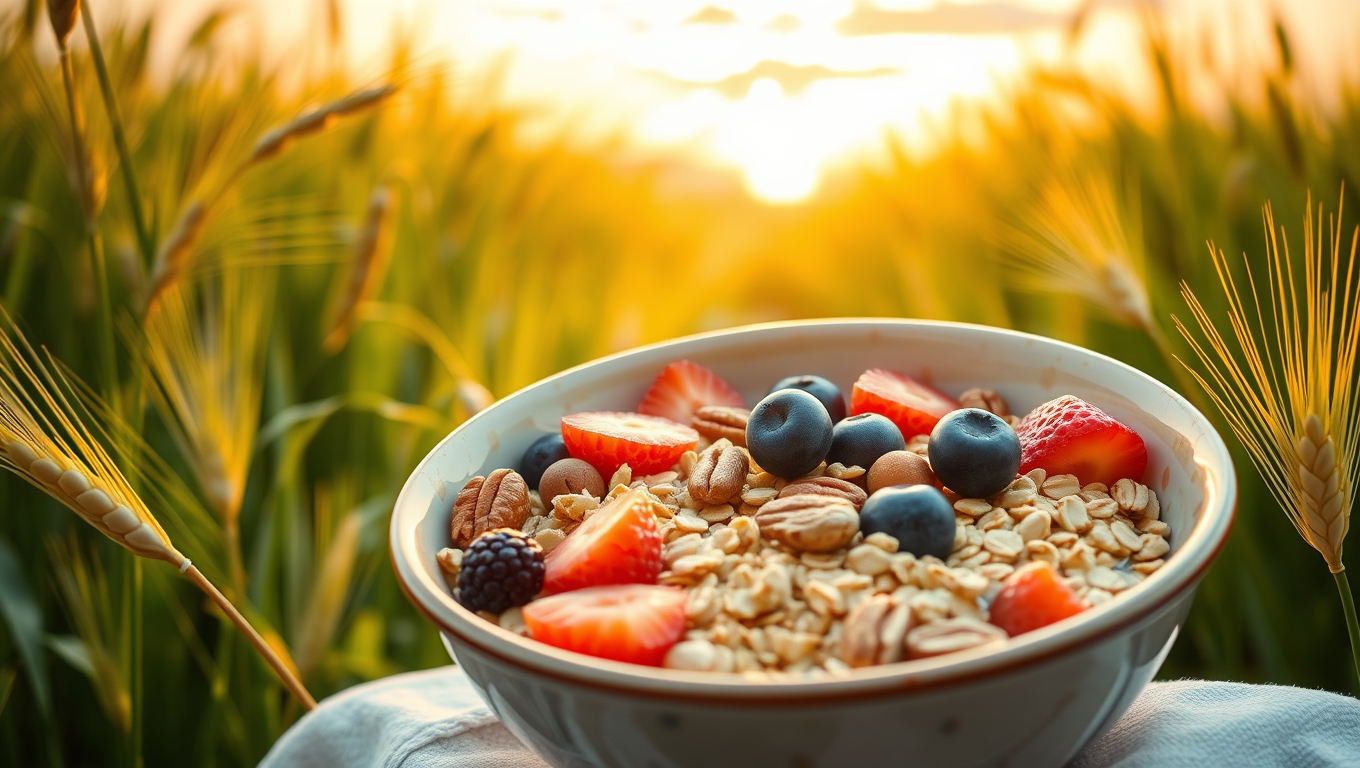While we try to keep things accurate, this content is part of an ongoing experiment and may not always be reliable.
Please double-check important details — we’re not responsible for how the information is used.
Acid Rain
Less Intensive Farming Works Best for Agricultural Soil
The less intensively you manage the soil, the better the soil can function. Such as not plowing as often or using more grass-clover mixtures as cover crops. Surprisingly, it applies to both conventional and organic farming.

Acid Rain
“The Fungus That Makes Bread Better: How Mycorrhizal Fungi Boost Wheat’s Nutrient Content”
Scientists have discovered that pairing bread wheat with a special soil fungus can significantly enhance its nutritional value. This partnership leads to bigger grains rich in zinc and phosphorus—without increasing anti-nutrients that block absorption. As a result, the wheat becomes a healthier option for human diets. Researchers believe this fungal strategy could offer a natural, sustainable way to fortify global crops with essential nutrients.
Acid Rain
Unlocking the Secrets of Oats: A Breakthrough in Oil Production Could Revolutionize Breakfast and Beyond
Scientists in Australia have uncovered the biological triggers behind oil production in oats, a discovery that could revolutionize how oats are processed and marketed. By using advanced imaging and molecular techniques, researchers identified key enzymes that drive oil synthesis in oat grains. This opens the door to developing low-oil oat varieties that are easier to mill and better suited for high-demand markets like plant-based foods and oat flour.
Acid Rain
The Nanoplastics Paradox: Uncovering the Shocking Amounts of Tiny Plastic Particles in Our Oceans
Millions of tons of plastic in the ocean aren’t floating in plain sight—they’re invisible. Scientists have now confirmed that the most abundant form of plastic in the Atlantic is in the form of nanoplastics, smaller than a micrometer. These particles are everywhere: in rain, rivers, and even the air. They may already be infiltrating entire ecosystems, including the human brain, and researchers say prevention—not cleanup—is our only hope.
-

 Detectors8 months ago
Detectors8 months agoA New Horizon for Vision: How Gold Nanoparticles May Restore People’s Sight
-

 Earth & Climate9 months ago
Earth & Climate9 months agoRetiring Abroad Can Be Lonely Business
-

 Cancer9 months ago
Cancer9 months agoRevolutionizing Quantum Communication: Direct Connections Between Multiple Processors
-

 Albert Einstein9 months ago
Albert Einstein9 months agoHarnessing Water Waves: A Breakthrough in Controlling Floating Objects
-

 Chemistry9 months ago
Chemistry9 months ago“Unveiling Hidden Patterns: A New Twist on Interference Phenomena”
-

 Earth & Climate9 months ago
Earth & Climate9 months agoHousehold Electricity Three Times More Expensive Than Upcoming ‘Eco-Friendly’ Aviation E-Fuels, Study Reveals
-

 Agriculture and Food9 months ago
Agriculture and Food9 months ago“A Sustainable Solution: Researchers Create Hybrid Cheese with 25% Pea Protein”
-

 Diseases and Conditions9 months ago
Diseases and Conditions9 months agoReducing Falls Among Elderly Women with Polypharmacy through Exercise Intervention





























